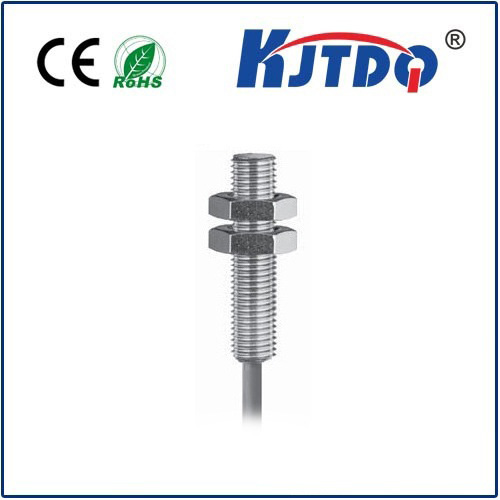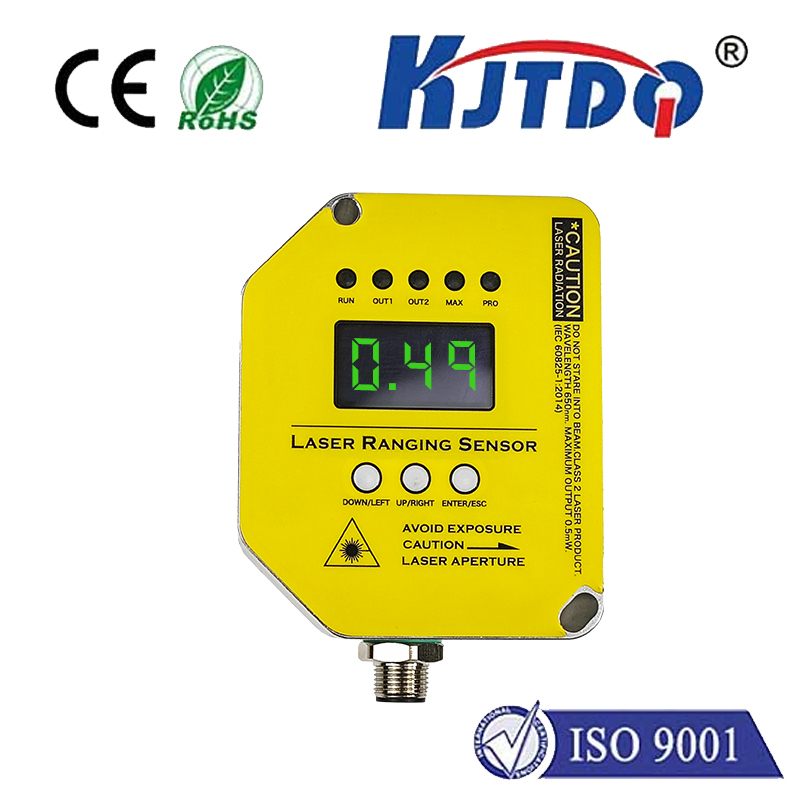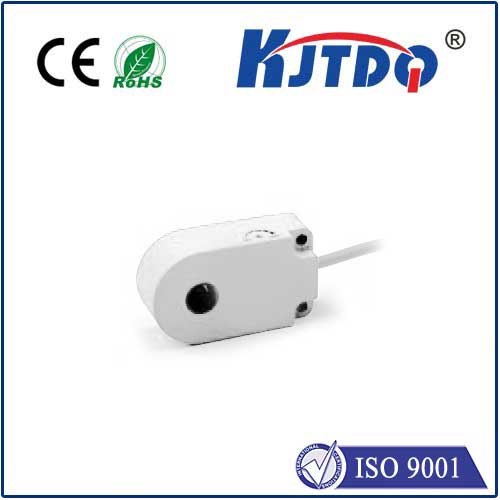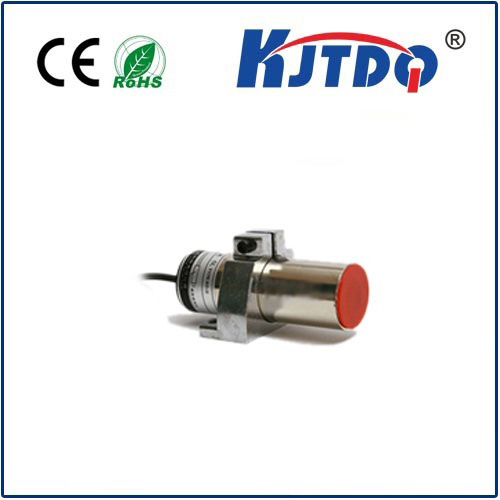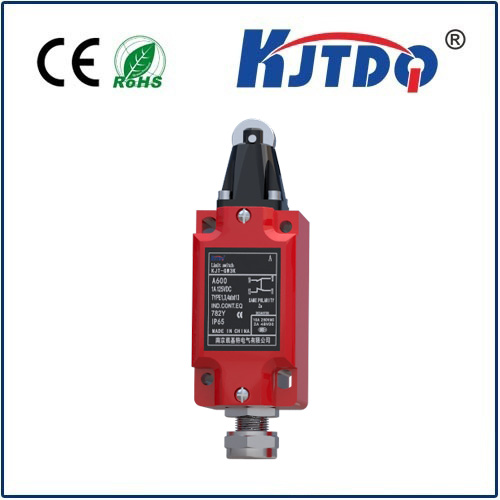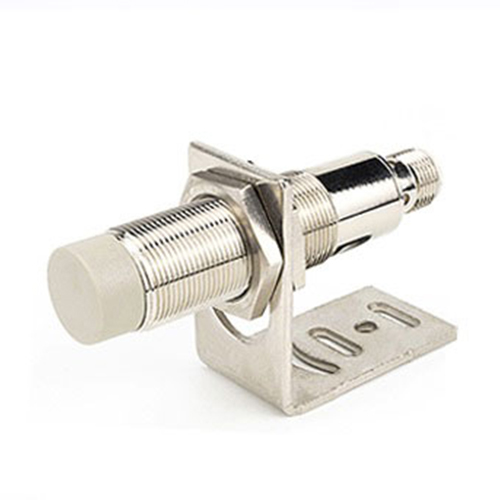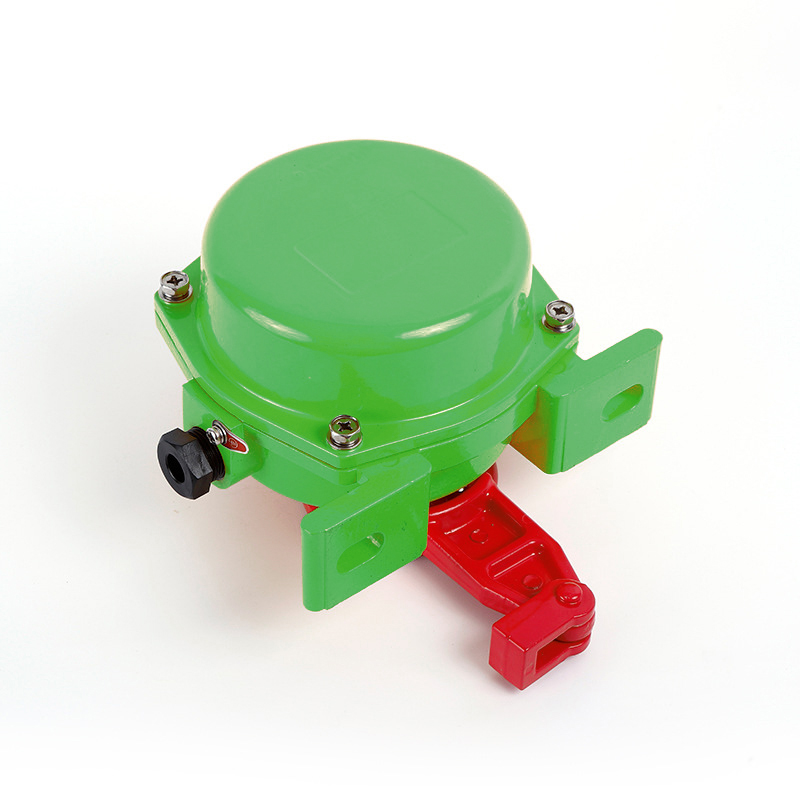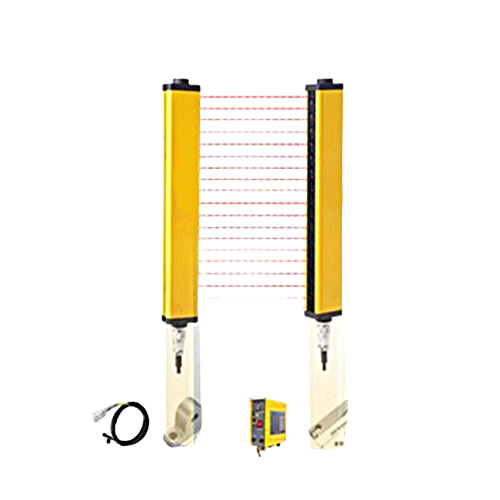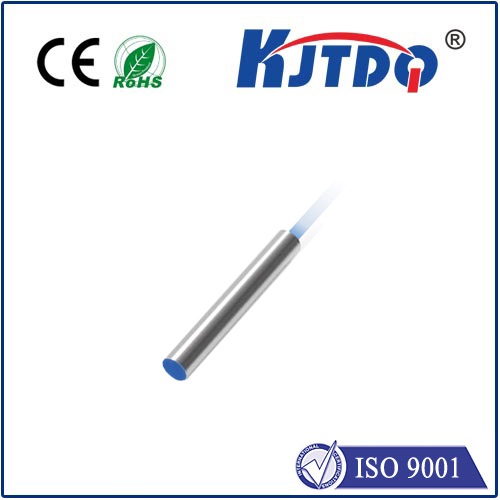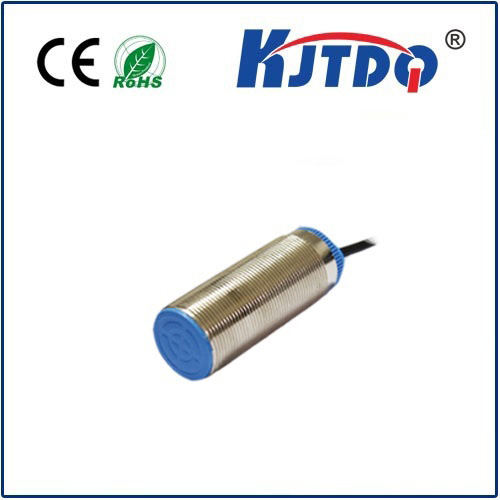inductive ring sensor
- time:2025-06-13 02:54:47
- Click:0
Unlocking Precision and Reliability: The Essential Guide to Inductive Ring Sensors
(Approx. 1,000 Words)
Imagine a critical production line where metal parts zip by at high speed. Every missing component, every misaligned piece, spells costly downtime or defective products. Detecting these objects reliably, without physical contact, in harsh environments filled with grime, vibration, and electromagnetic noise – how is it possible? The answer lies in the elegantly simple yet remarkably robust technology of the inductive ring sensor.
These unsung heroes of industrial automation offer a unique solution for non-contact detection of metallic objects passing through their aperture. Often referred to as through-hole inductive sensors or simply inductive rings, they excel in applications where conventional proximity sensors hit their limits. This guide delves into the world of inductive ring sensors, explaining their operation, highlighting their key benefits, and exploring their vital applications.
Understanding the Core Principle: Sensing Without Touch

Like all inductive proximity sensors, ring sensors operate on the fundamental principle of electromagnetic induction. Here’s the essence of how they work:
- Oscillator & Coil: Inside the sensor’s housing, typically constructed from robust engineering plastics or metals like stainless steel, resides an electronic oscillator circuit connected to a coil. This coil is specifically wound to form the characteristic ring shape around the central bore.
- Generating the Field: The oscillator generates a high-frequency oscillating electromagnetic field that radiates outward from the coil, effectively filling the central aperture of the ring.
- Target Interaction: When a metallic object (the “target”) enters this electromagnetic field through the ring’s bore, it interacts with the field.
- Eddy Currents: This interaction induces tiny circulating electrical currents called eddy currents within the conductive material of the target. These eddy currents represent an energy loss.
- Damping Effect: The energy loss due to these eddy currents causes a damping or attenuation of the oscillator’s amplitude.
- Signal Processing: Sophisticated circuitry within the sensor constantly monitors this oscillation amplitude. When the damping exceeds a predefined threshold (indicating sufficient metal mass has entered the bore), the sensor triggers its output signal.
- Output Switch: This output signal typically acts as a switch – changing state (e.g., from “OFF” to “ON,” or vice-versa) – providing a clear electrical signal to the control system (like a PLC) that a metallic object has been detected. Outputs can be solid-state (PNP/NPN transistors) or relay-based.
The crucial aspect is that detection occurs without any physical contact whatsoever between the sensor and the target object. The object merely needs to pass through the ring’s center aperture.
Why Choose an Inductive Ring Sensor? Key Advantages Unveiled
The unique ring shape design unlocks a set of compelling advantages that make these sensors indispensable in numerous demanding scenarios:
- Centralized Detection: The through-bore design allows parts to pass through the sensor, enabling detection at a very precise point along the path of travel, regardless of the object’s lateral position within the bore (within the effective sensing diameter). This ensures consistent and reliable detection.
- Non-Contact Operation: Eliminating physical contact prevents wear and tear on both the sensor and the target objects. This translates directly to significantly reduced maintenance requirements and extended operational life, especially critical in high-speed or abrasive environments.
- Robustness in Harsh Conditions: Inductive ring sensors are renowned for their durability. They are inherently resistant to dust, dirt, oil, coolants, and moisture (often rated IP67 or higher). They can withstand significant vibration, shock, and common industrial electromagnetic interference (EMI), making them ideal for demanding factory floors and machinery.
- High-Speed Capability: With no moving parts and purely electronic switching, these sensors can detect targets moving at very high speeds – essential for modern, high-throughput production lines, bottling plants, or packaging machinery.
- Simplicity & Reliability: The underlying electromagnetic induction principle is inherently reliable. Coupled with robust construction, this translates to a simple, dependable sensing solution that operators can trust with minimal fuss. Fail-safe operation features are often available.
- Versatility in Target Detection: While primarily for metals (ferrous and non-ferrous, though sensing distance may vary), ring sensors can detect various metallic objects regardless of surface finish, color, or transparency – challenges that plague optical sensors. Detection reliability depends on the size and material conductivity of the target relative to the ring’s bore size.
Where Do Inductive Ring Sensors Shine? Core Applications
Their unique strengths make inductive ring sensors the go-to solution in a wide array of industrial settings:
- Object Presence Verification: The most fundamental application. Confirming that a metal part (bolt, nut, washer, bearing, gear, can, bottle cap, etc.) is present within the ring aperture. Essential for quality control and preventing jams downstream. Think assembly verification: “Is the bolt in place before tightening?”
- Counting & Batch Control: Accurately counting metallic objects as they pass through the ring. Used for inventory management, packaging control, and ensuring correct quantities are processed or shipped. Example: Counting metal components feeding into a packaging machine.
- Speed Monitoring: By detecting the frequency at which targets pass through the ring, approximate rotational or linear speed can be calculated. Useful for monitoring conveyor speeds or rotating machinery like shafts (if equipped with detectable features).
- Position Sensing: Verifying the correct positioning of a metal component within a machine or fixture when it passes through the ring. Example: Ensuring a metal workpiece is seated correctly in a machining center before the spindle starts.
- Jam Detection & Prevention: Detecting the absence of an expected object can signal a feed jam upstream, allowing the system to stop before damage occurs. Conversely, detecting an object stuck within the ring can also trigger an alarm.
- End-of-Line Checks: Verifying the presence of critical metal components in finished goods as they exit a production line. Example: Confirming a metal lid is crimped onto a container.
- Machine Tooling: Monitoring tool presence in automatic tool changers (ATC) on CNC machining centers. Ensuring the correct tool is loaded before machining begins is critical for safety and quality.
- Packaging & Filling Lines: Detecting metal caps, lids, cans, foil seals, or metal components within packaging as they move down the line. Ensures completeness and detects jams.
Selecting the Right Ring Sensor: Key Considerations
Choosing the optimal inductive ring sensor involves several factors:
- Bore Diameter: Must be larger than the maximum dimension of the object passing through to avoid contact, but not excessively so to maintain reliable detection sensitivity.
- Target Material & Size: Different metals (ferrous like iron/steel, non-ferrous like aluminum, brass, copper) affect sensing distance. Smaller or less conductive targets may require a sensor specifically tuned for higher sensitivity or a smaller bore.
- Sensing Range: While less critical than for cylindrical sensors (as detection occurs centrally within the bore), understanding the effective sensing zone relative to the target size is important.
- Output Type: PNP, NPN, NO (Normally Open), NC (Normally Closed), relay outputs – chosen based on the voltage levels and input requirements of your control






